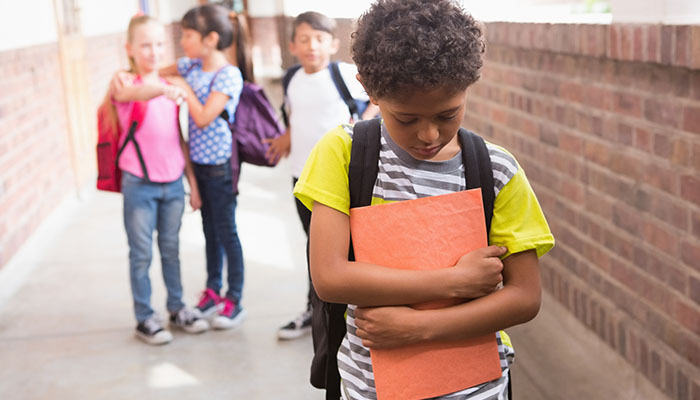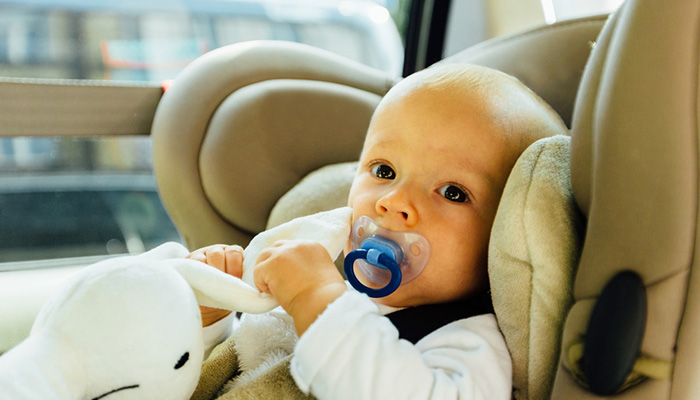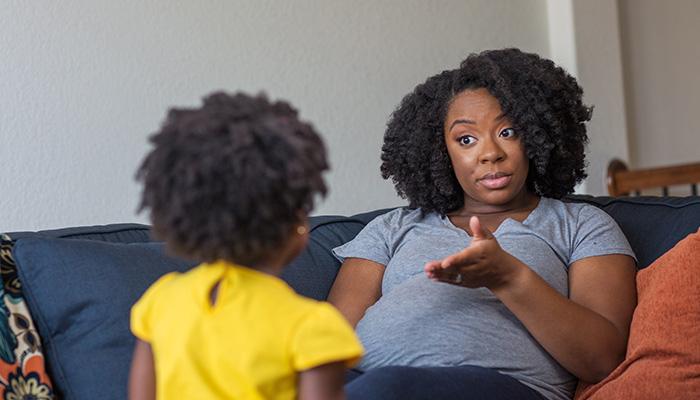It’s National Bullying Prevention Month. The Oxford dictionary says a bully is a person who uses strength or power to harm or intimidate those who are weaker. As concerned adults, our challenge is to see not just the individual situations, but the whole picture. We all agree that we need to do our best to decrease the incidence of bullying, to protect the victims.
In order to do this, we also need to take a careful look at the “bully.” Why is this child acting in this way? This child is likely feeling weaker or powerless in an important area in his or her own life. This may be environmental: lack of financial resources, lack of parental supervision or support, or being bullied by someone in the home or neighborhood. This could be due to lack of social skills, lack of experience with friendships, poor self-image or academic difficulties all leading to feeling a lack of self worth. Mental and behavioral health conditions may contribute as well. Looking at how to help a child overcome and manage some of these difficulties can go a long way to improving the “bully” behavior.
When my son was in elementary school, he came home from school for a few days crying. A boy in his grade was teasing him and bothering him on the playground. I was concerned and angry. The social worker at school opted to talk to both boys. The other boy was new to the school, had not yet made any friends and was seeking my son’s attention. After this type of intervention, they actually became friends. No more victim, no more bully.
It is not typically this simple. And yet…
We need to stop bullying, yes! But let’s work to stop it for good. Teach your kids early in life to be inclusive, to have compassion and to speak up. Identify and stop bullying by helping the victim and the “bully”.



